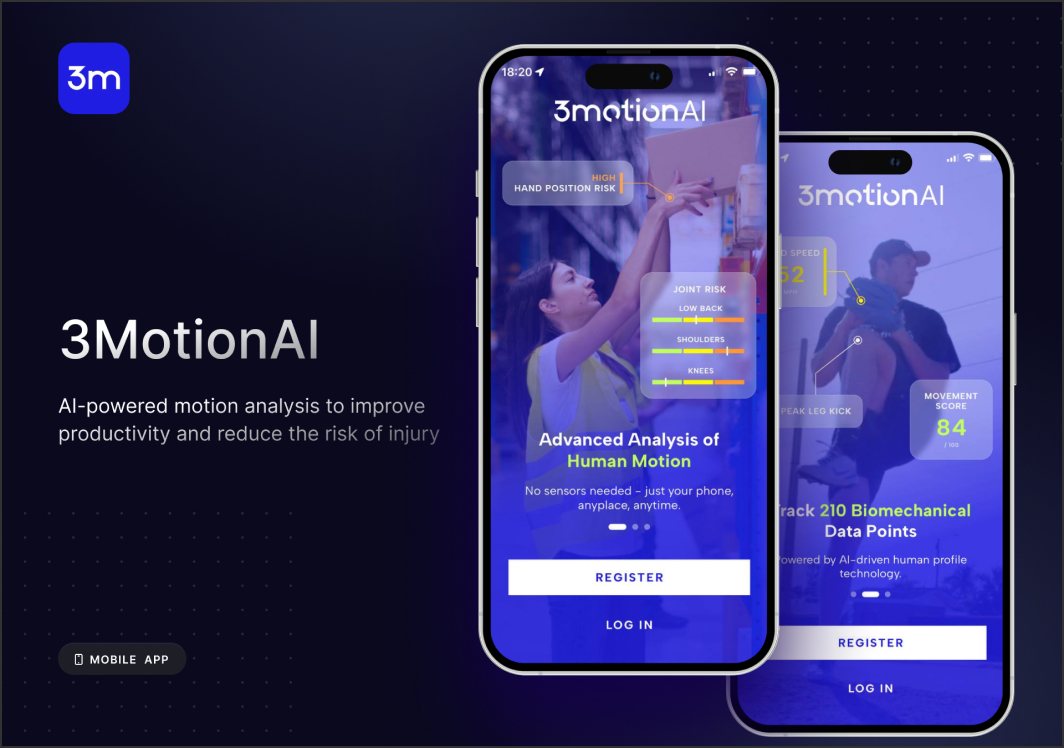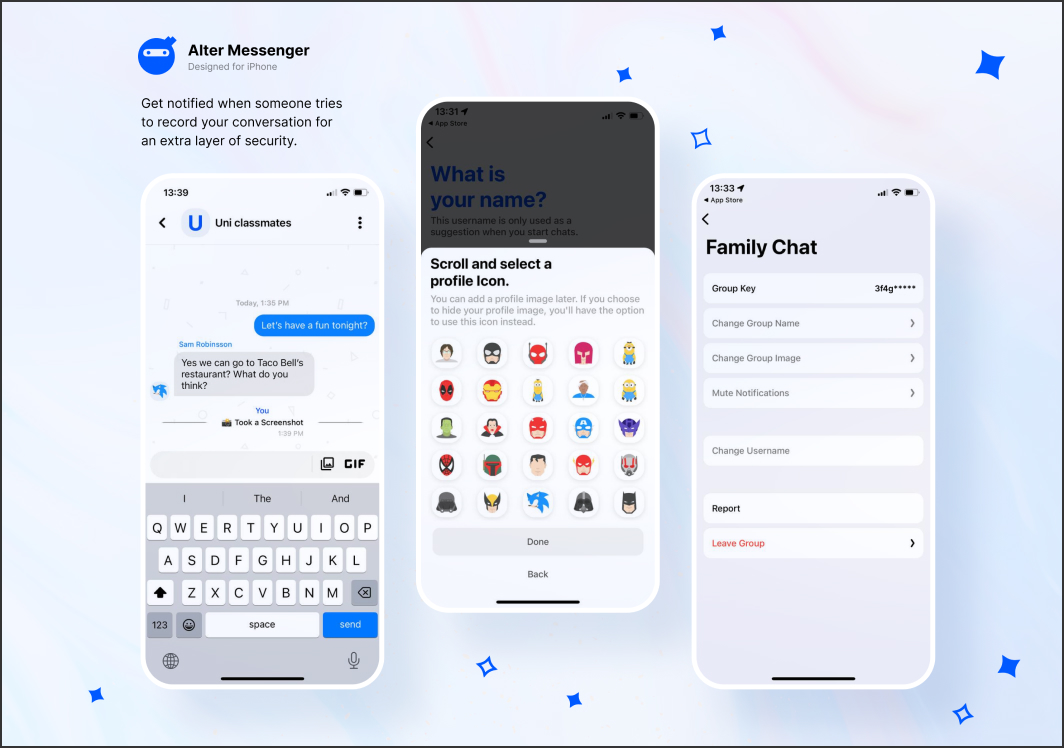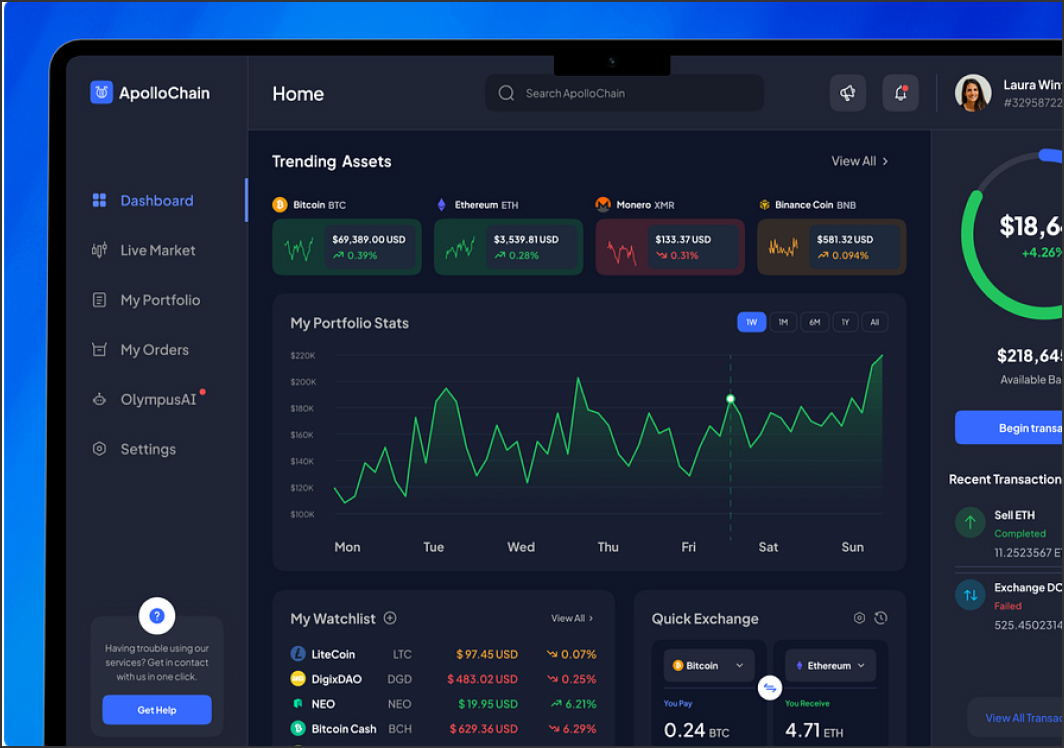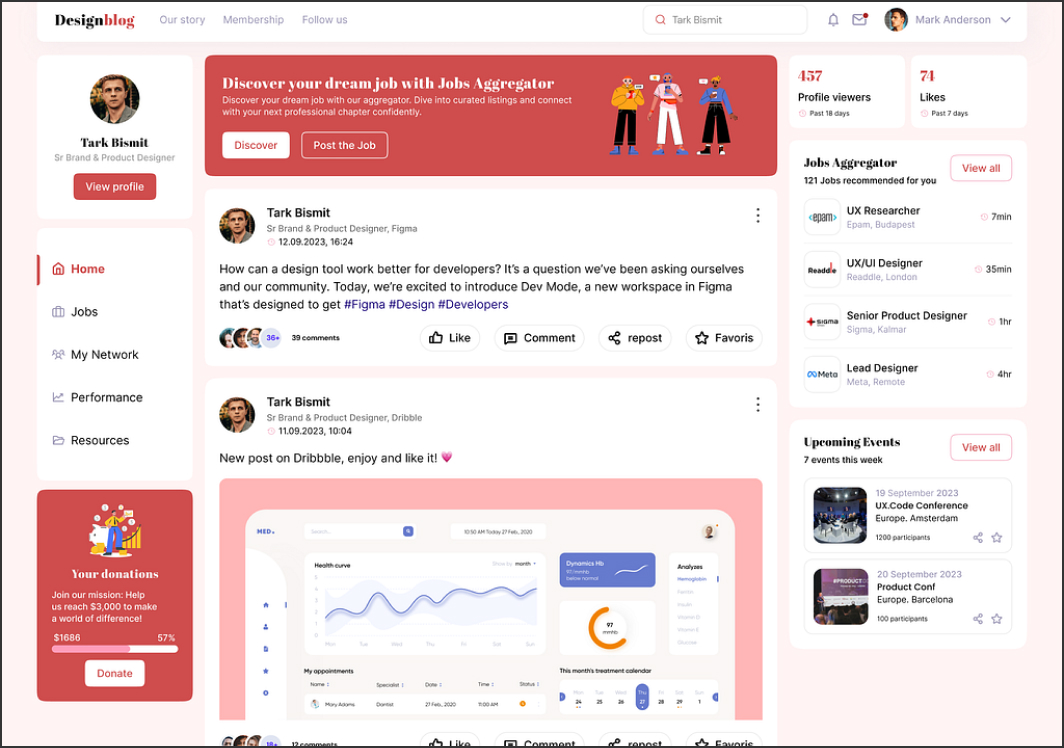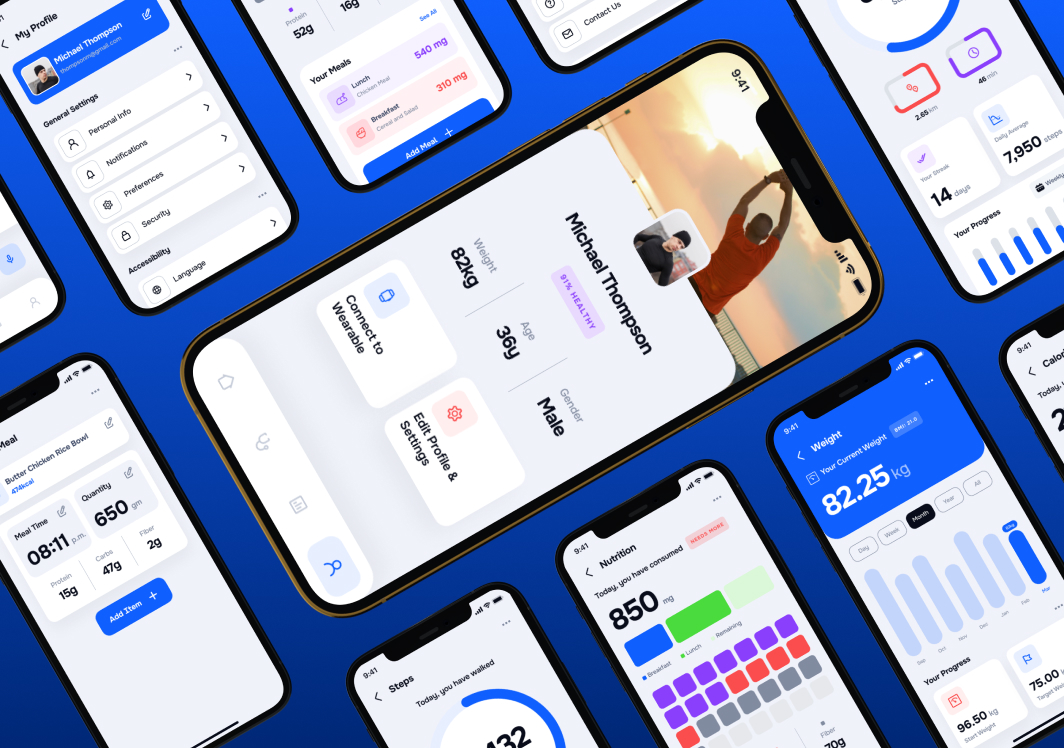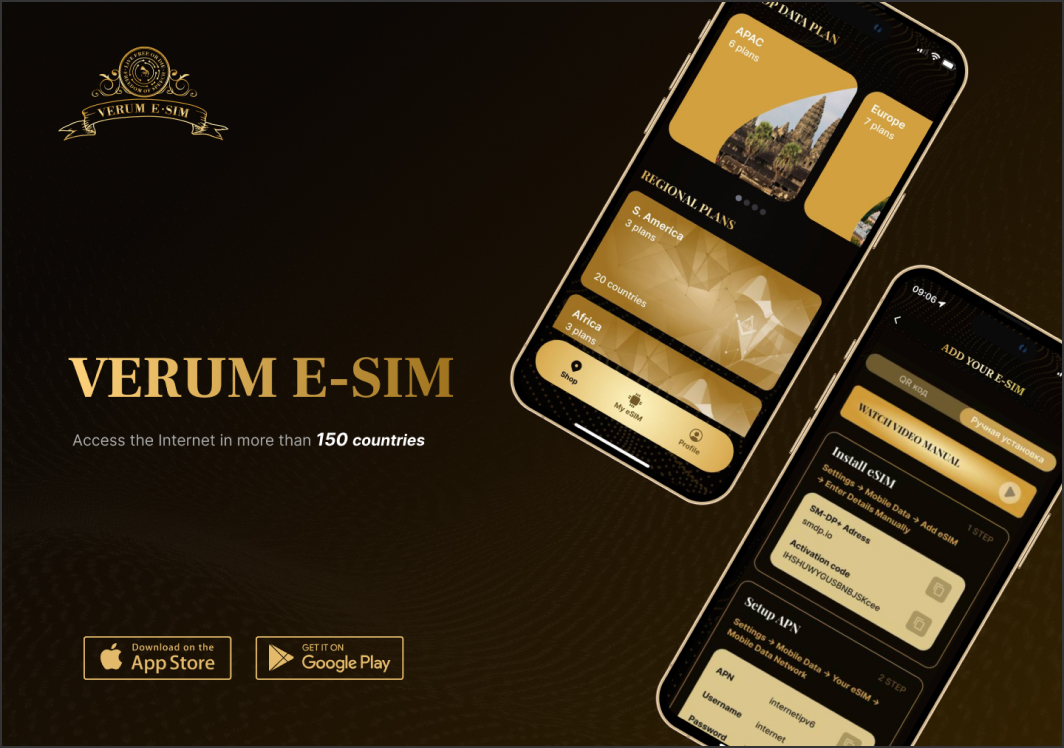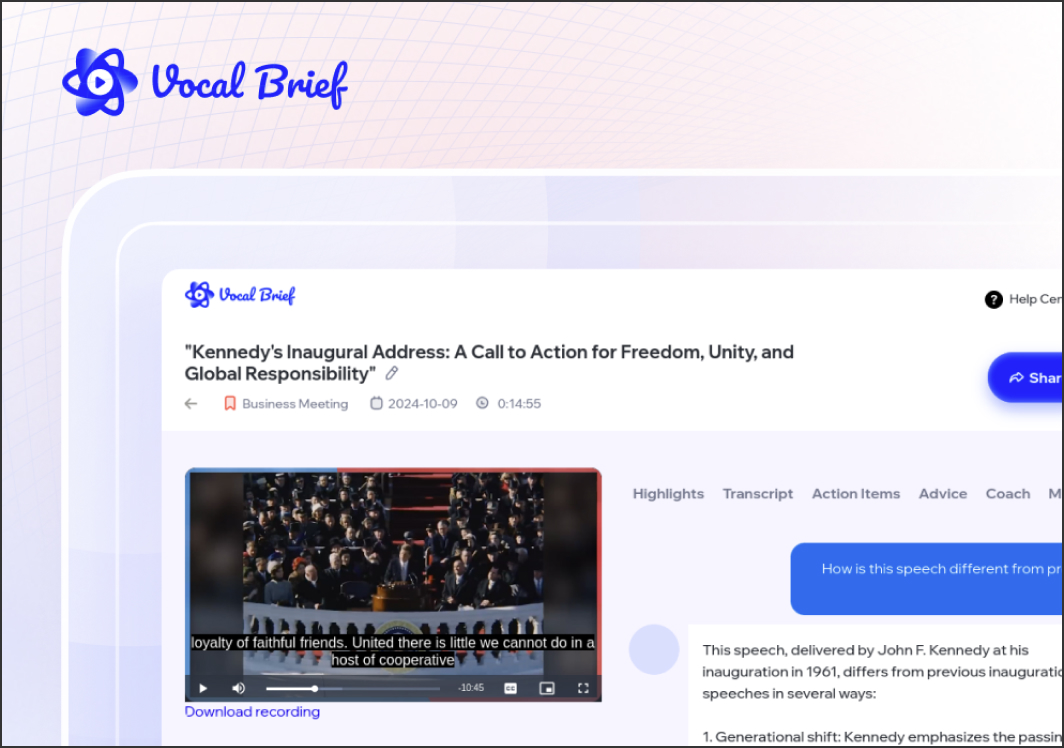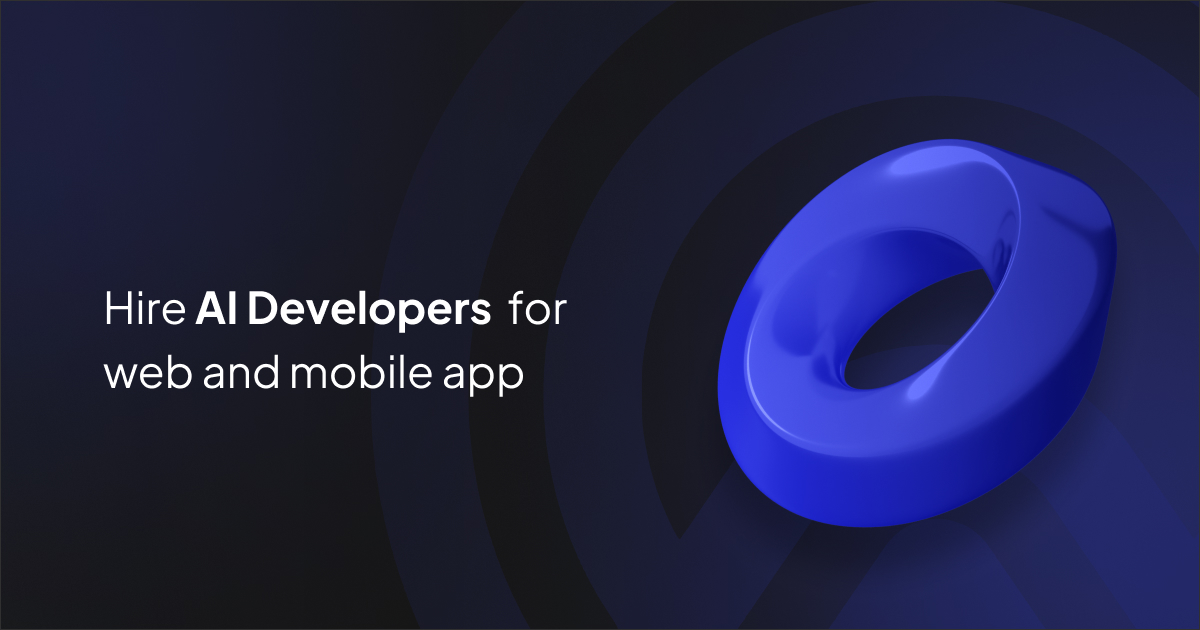A skilled Make developer turns fragmented, manual processes into resilient, observable automations. With Make’s visual scenarios, rich HTTP module, and granular operators, you can connect product, ops, finance, and support systems without brittle custom scripts. This guide explains what to expect from the role, which skills matter most, and how to run a lean, high-signal hiring process that delivers measurable impact fast.
Why Choose Make
Business value
- Speed to value: Build multi-step scenarios in days, not sprints.
- Breadth of apps: Thousands of connectors plus universal HTTP/GraphQL for anything with an API.
- Reliability & visibility: Execution logs, scenario history, and alerts for auditability.
- Cost control: Operation-based pricing with batching and filters to reduce spend.
Core Skills to Look For
Technical competencies (must-have)
- Designing multi-route scenarios with routers, iterators, aggregators, and error handlers.
- API integration: OAuth2/API keys, pagination, rate-limit/backoff, idempotency, webhooks.
- Data transforms: JSON mapping, variables, functions, regex, array/object restructuring.
- Reliability: Retries, dead-letter patterns, alerting to Slack/Email/Teams.
- Governance: Folders/roles, secrets hygiene, scenario versioning, and environment promotion.
Collaboration & product thinking
- Translate business rules into deterministic flows with clear KPIs.
- Estimate operation usage/costs; propose batching, filters, and caching.
- Write runbooks and handover docs for non-technical operators.
Typical Use Cases
- Lead-to-cash: Enrich leads, sync CRM ↔ billing/ERP, auto-invoice, update subscriptions.
- Support automation: Turn product events into tickets, route by SLA, push chat alerts.
- Marketing ops: List sync, UTM hygiene, campaign attribution to analytics/warehouse.
- Finance & ops: Vendor onboarding, approvals, reconciliations, scheduled exports.
- Product & data: Webhook ingestion, QA checks, backfills, warehouse triggers.
Engagement Models
Contractor vs in-house
- Contractor/consultant: Ideal for audits, quick wins, and migrations; pay for outcomes.
- Full-time hire: Owns roadmap, standards, governance, and continuous optimisation.
Hiring Process (Lean & High-Signal)
-
Define outcomes
- Example: “Cut manual support handoffs by 30% and reduce first-response time by 20%.”
-
Screening checklist
- Portfolio with 3–5 Make scenarios tied to KPI impact.
- Evidence of pagination, retries/backoff, secure credential handling.
- Familiarity with your stack (CRM, billing, helpdesk, analytics).
-
Practical exercise (4–6 hours cap)
- Build a webhook-triggered scenario with branching, validation, deduplication, and a rollback step; include a README with metrics.
-
Live review
- Pair on an extension: add idempotency keys, improve pagination, or introduce alerting and dead-lettering.
-
Security & governance review
- Roles, secrets rotation, logging, retention, and promotion plan.
Best Practices & Tooling
Engineering standards
- Consistent naming, folders, and tags; shared helper scenarios for common transforms.
- Monitor failures/latency and operation spikes; alert with thresholds.
- Separate environments (dev → test → prod) with change tickets and approvals.
Documentation essentials
- Runbooks with SLAs, rollback steps, and dependencies.
- Diagrams for triggers, routers, and external systems; ownership and on-call rota.
30–60–90 Day Plan
- 30 days: Audit processes, pick 3 high-leverage automations, ship baselines with logging.
- 60 days: Harden error handling, add alerts, promote to prod, train ops/support teams.
- 90 days: Optimise operation usage and hosting costs, expand to adjacent workflows, publish a monthly KPI report.
Conclusion
The right Make developer blends no-code speed with engineering discipline: robust integrations, predictable costs, and documentation your teams can run with. Define crisp outcomes, assess real portfolios and governance, and scale automations where they prove durable and valuable.
Page Updated: 2025-10-06



















